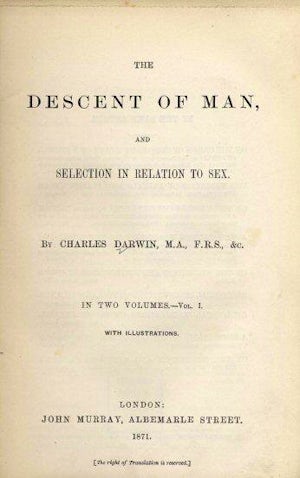1870s to 1996. Canadian Residential Schools for Aboriginals first began operating in the nineteenth century, and the last school did not close until 1996 (TRC, n.d.). These schools were an extensive system created by the Canadian government, often administered by churches (Hanson, 2009). The aim of the schools were to remove youth from the influence of their homes, families, and cultures, and to assimilate them into the more dominant Euro-American culture (Hanson, 2009). Such measures were a mean of cultural eugenics, which grew out of the perception of Aboriginal cultures as inferior.
Over 130 schools were founded across Canada, and more than 150,000 Aboriginal children were placed in the schools against their families wishes (TRC, n.d.). Within the schools, children were further removed by their culture by being forbidden to speak their native languages or practice any of their own traditions, at the risk of severe punishment (TRC, n.d. ; Hanson, 2009 ; CBC, 2008). Several schools were sites of substandard conditions, where physical and emotional abuse were inflicted on students, and in some cases, sexual abuse. Some schools were also involved in nutritional experimentation on malnourished students in the 1940s and 1950s (CBC, 2008).
Schools began to phase out in the 1960s, at the same time that the "Sixties Scoop" occurred, when thousands of Aboriginal children were removed from families and placed in foster homes or adopted by other families. The final residential school did not close until 1996.
In 2008, a formal apology was issued by the Prime Minister of Canada, Stephen Harper. Several former students took the government and churches to court for their time in residential schools, leading to the Indian Residential Schools Settlement Agreement, "the largest class-action settlement in Canadian History" (TRC, n.d.). From this agreement, the Truth and Reconciliation Commission of Canada was also created, in addition to the provision of compensation to former students. This Commission seeks to uncover the truths of residential schools, and inform Canadians about the activities that happened, in order to help healing (TRC, n.d.). Long term impacts from Residential Schools in Canada continue today.
-Colette Leung
Hanson, E. (2009). The Residential School System. Indigenous Foundations, University of British Columbia. Retrieved from http://indigenousfoundations.arts.ubc.ca/home/government-policy/the-residential-school-system.html
CBC News. (2008, May 16). A history of residential schools in Canada. Retrieved from http://www.cbc.ca/news/canada/a-history-of-residential-schools-in-canada-1.702280
 1869:
Galton publishes Hereditary Genius
1869:
Galton publishes Hereditary Genius
 1871:
Charles Darwin publishes The Descent of Man
1871:
Charles Darwin publishes The Descent of Man